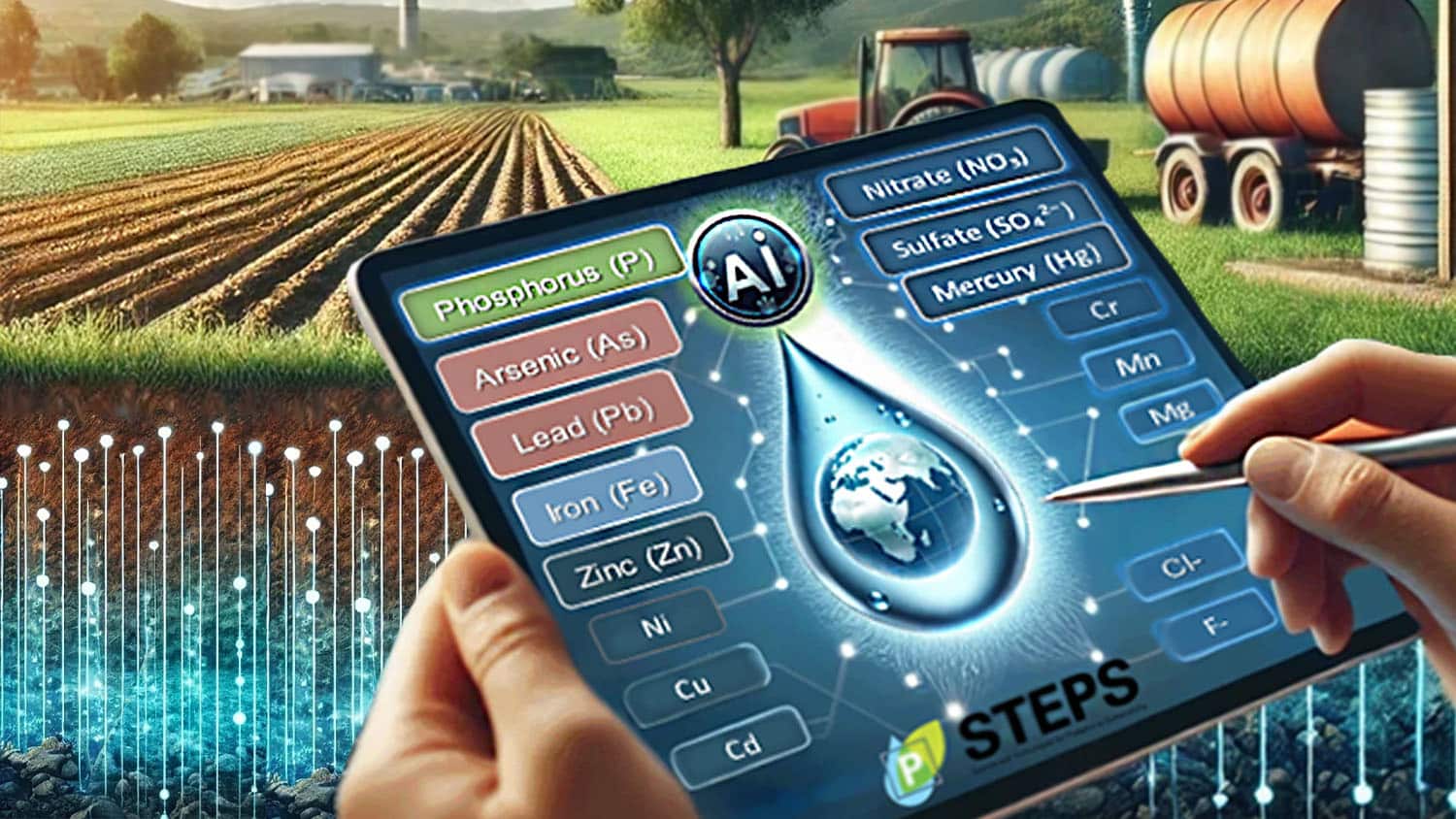
Innovative Machine Learning Model Predicts Groundwater Pollutants
An interdisciplinary research team has created a machine learning framework designed to predict inorganic pollutants in groundwater with limited water quality samples, targeting gaps in groundwater safety data. The effort aims to prioritize aquifers for testing, thus optimizing resource use for water quality monitoring. **The approach was tested in Arizona and North Carolina and showed that previous assessments underestimated potential contaminations.** The model uses an extensive dataset comprising over 140 years and 20 million data points to identify likely pollutants, predicting that only 15-55% of sites might be truly risk-free compared to the 75-80% indicated by traditional methods. Co-first author Minhazul Islam underscores the importance of the **model's ability to identify 'hot spots' for prioritized testing and resource allocation.** As the researchers plan to validate and improve the model, including expanding data sources and geographical applications, its potential impact on global water safety is significant. With support from institutions like the NSF STEPS Center and MEMCARE Superfund Research Center, this initiative is set to advance both **water safety and phosphorus management** across ecosystems.